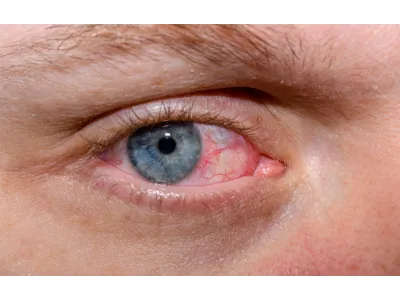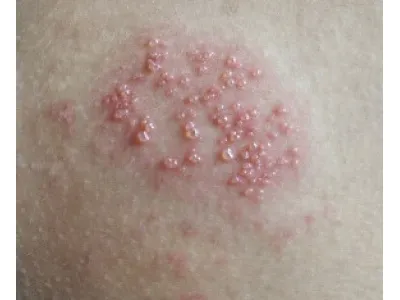Vaginal Candidiasis (Thrush)

Vaginal candidiasis, commonly known as thrush, is one of the most frequent causes of inflammatory diseases of the female genitourinary system. Over 75% of women experience vaginal candidiasis at some point in their lives, and many suffer from recurring episodes.
The causative agents of vaginal candidiasis are yeast-like fungi from the genus Candida. These microorganisms are opportunistic and can be found in completely healthy individuals. Some Candida species may live on the skin, in the gastrointestinal tract, and in the vagina. Under normal conditions, they coexist harmlessly with other microorganisms, but under certain circumstances, they can multiply rapidly and cause the clinical symptoms of vaginal candidiasis.
This overgrowth often occurs when the immune system is weakened, hormonal balance is disrupted, or in the presence of various diseases.
Vaginal candidiasis frequently develops alongside other conditions, such as diabetes mellitus or sexually transmitted infections of the genitourinary tract.
Prolonged use of broad-spectrum antibiotics can disrupt the body’s normal microflora, creating an environment in which Candida fungi can thrive—especially when the vaginal pH is altered. Normally, the vagina's acidic environment inhibits fungal growth.
Candida fungi prefer warm, moist conditions for reproduction, which can be facilitated by wearing tight clothing. The fungi that cause thrush can be transmitted through sexual contact and from mother to child during childbirth.
Although thrush is more common in women, men can also be affected. In men, the condition often presents in a latent or asymptomatic form.
When symptoms do appear in men, they may include redness of the glans penis and foreskin, a mild whitish rash or plaque on the glans, and occasional itching or burning, especially during urination or sexual activity.
In women, symptoms are typically more pronounced, though asymptomatic or mild cases also occur. Common symptoms include itching and burning in the genital area, which may intensify during urination. Pain during sexual intercourse and a foamy vaginal discharge with a sour odor may also be present. Symptoms often worsen during menstruation.
Diagnosis of vaginal candidiasis includes bacterioscopy (microscopic examination of a smear), culture testing (growing fungal colonies on nutrient media), and polymerase chain reaction (PCR) testing.
Effective treatment of vaginal candidiasis involves addressing the underlying causes and reducing the overgrowth of fungi.
Antifungal medications may be used both systemically (capsules, tablets) and locally (creams, suppositories, vaginal tablets). Additional treatments may include immunostimulants, vitamins, and probiotics to help restore the natural microflora.
The success of treatment is confirmed through follow-up laboratory testing.










